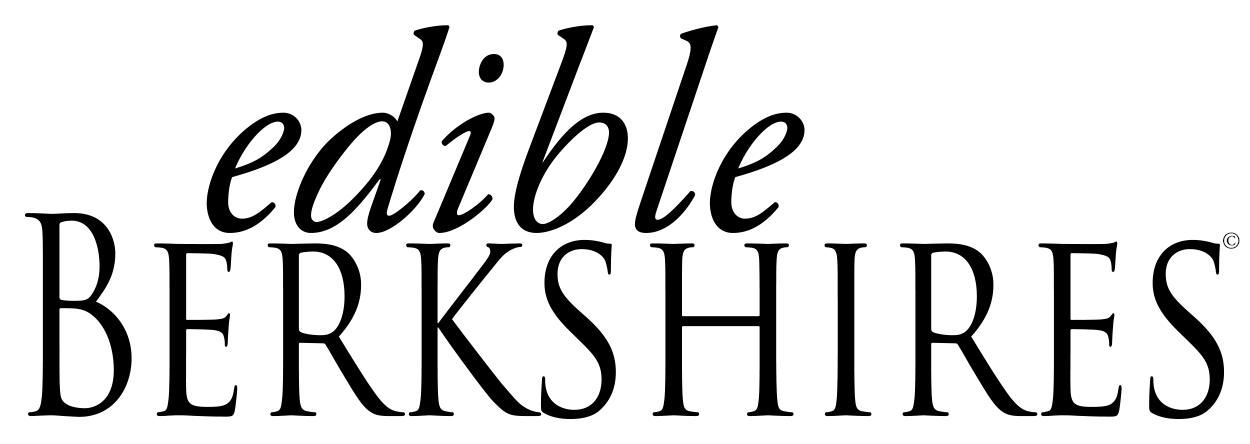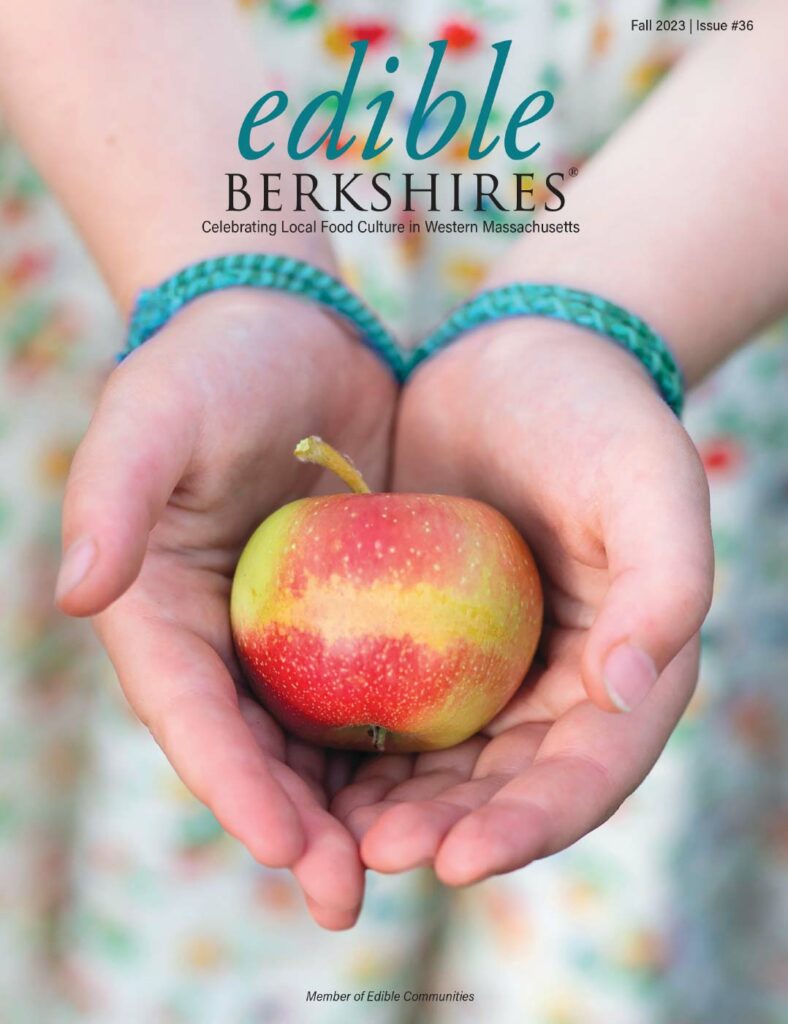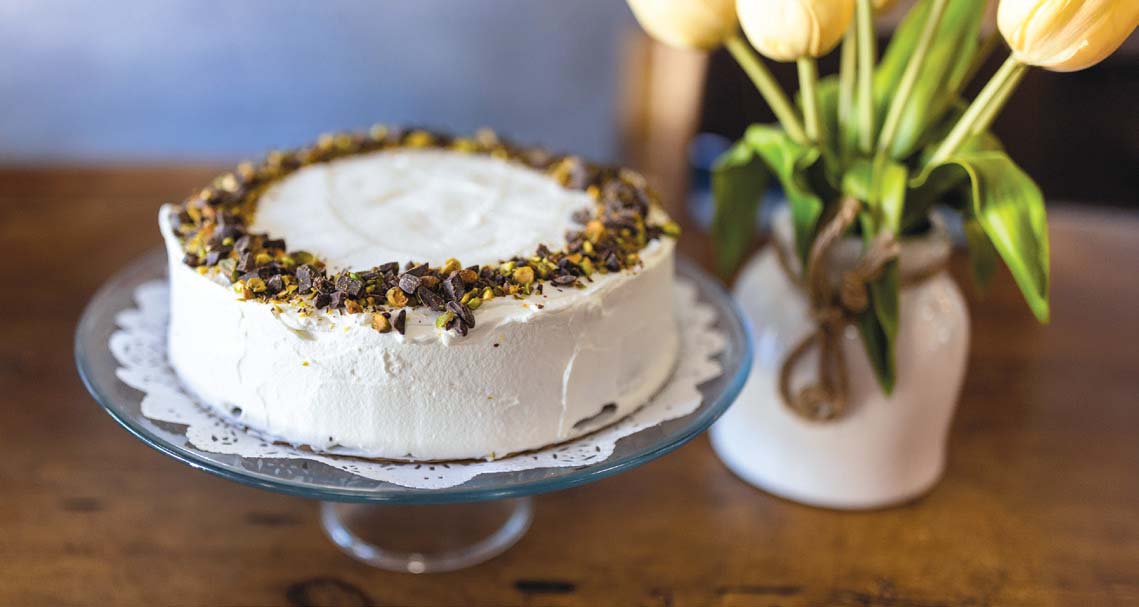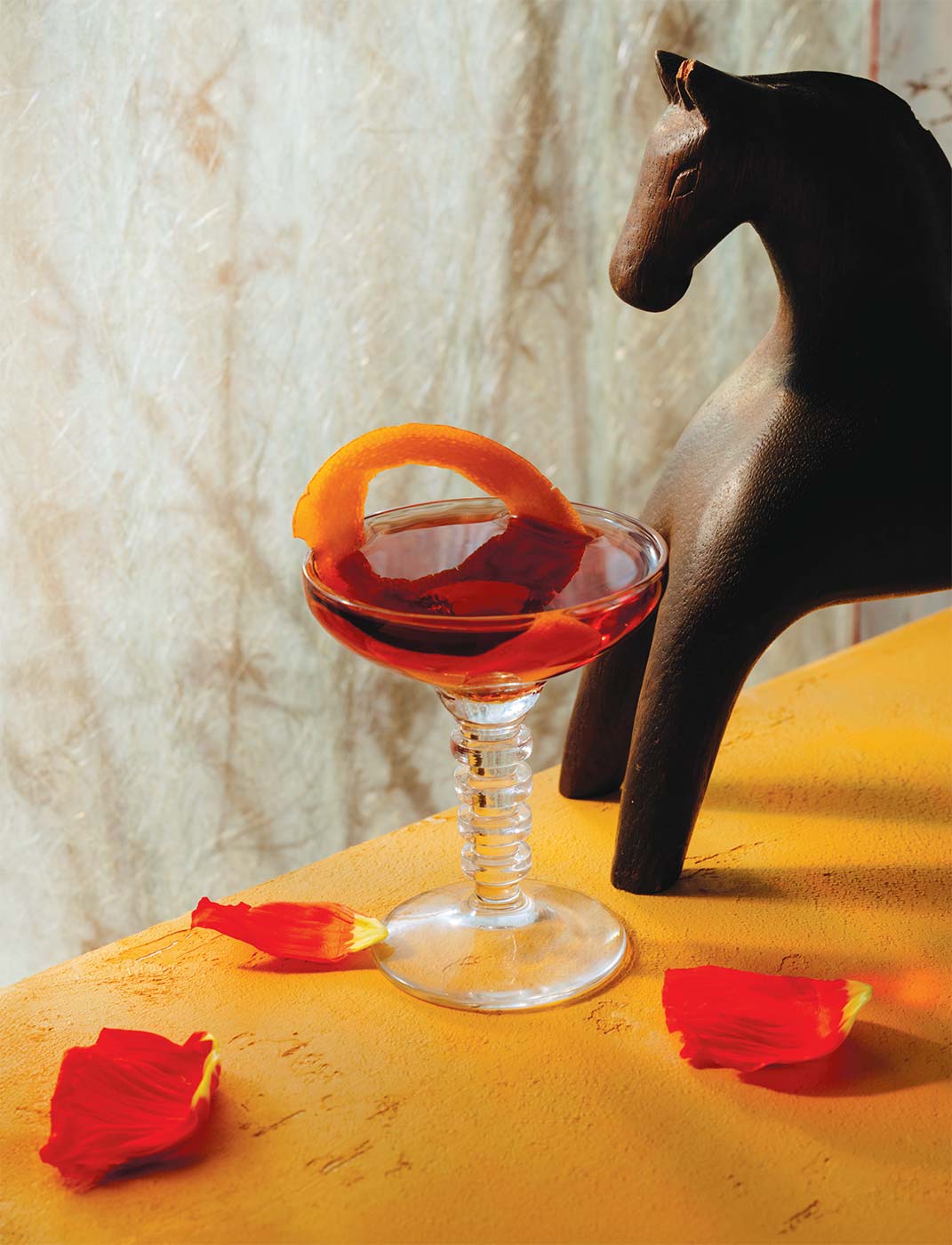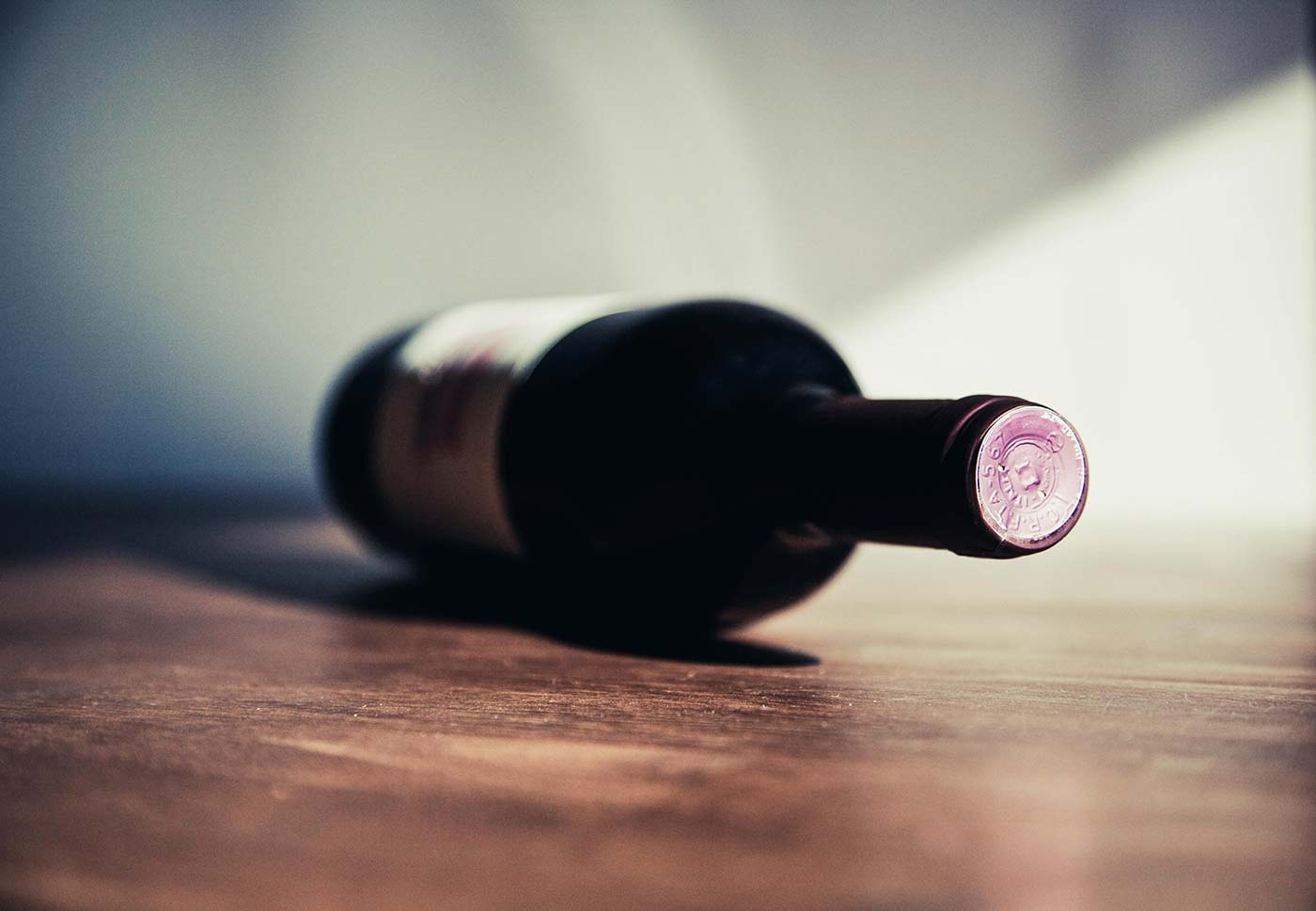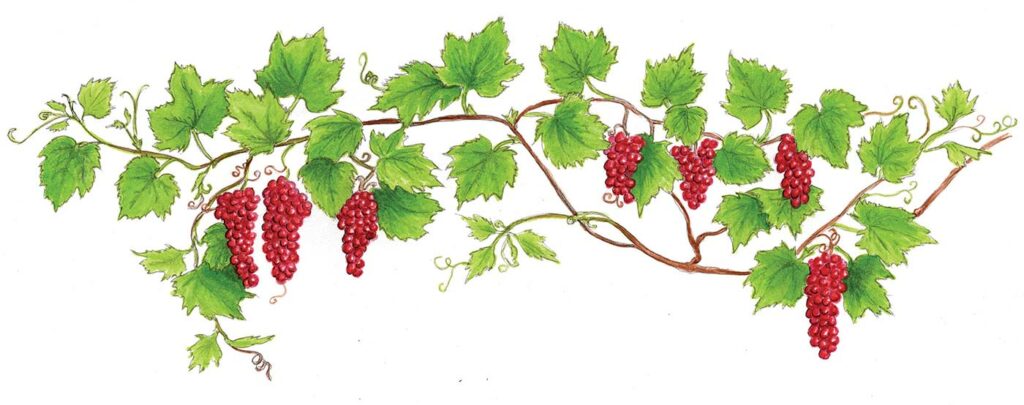
Blending, also known as assemblage, is the artful process winemakers use to combine different grape varieties to create a more harmonious and satisfying whole. It is a delicate balance of art and science, deeply rooted in tradition and meticulous craftsmanship, sometimes honed over centuries.
Through blending, winemakers personalize their wines, bringing their vision to life.
Much like a master perfumer crafting a fragrance, cellar masters blend to achieve perfect harmony in aroma, flavor, and texture. They may combine grape varieties, terroirs, or even different vintages to capture the essence of a specific style or an exceptional year. Both red and white wines can be blends, ranging from the relatively simple combination of a few grapes in a Rioja to the intricate mix of up to 13 varieties in a Châteauneuf-du-Pape.
Blending offers numerous advantages. Like a chef refining a recipe, a winemaker can adjust components to create a more balanced and expressive final product. Additionally, if one grape variety underperforms in a given year, blending allows for adjustments that maintain consistency and quality.
Champagne: A Toast to the Art of Blending
Champagne, one of the most celebrated blended wines, owes its personality to the craft of blending. This technique ensures balance, complexity, and consistency that defines traditional Champagne and reflects the unique vision and skill of its creators. Champagne is primarily crafted from Chardonnay, Pinot Noir, and Pinot Meunier, and a good cellar master knows how to bring out each grape personality to balance the final product.
Chardonnay, often described as sophisticated, versatile, and sometimes glamorous, brings brightness and elegance. Its rich, creamy personality makes it enjoyable in any situation and leaves you feeling refreshed and satisfied.
Pinot Noir adds body and structure. Often described as refined and delicate, it adds a nuanced sophistication to the blend. Lastly, in a supporting role,
Pinot Meunier brings a youthful exuberance of fruitiness and florality to the blend.
For example, the famous Dom Pérignon Champagne is an assemblage of Chardonnay and Pinot Noir, in almost equal amounts, but no Pinot Meunier, for the simple reason that the cellar master wants to emphasize balance and structure to create a more serious and dignified blend. By comparison, a Veuve Clicquot can have up to 20% Pinot Meunier to inject the lighter floral and citrusy notes that contribute to its success.
My tip: Do not hesitate to look beyond the famous Champagne names. Many smaller, less well-known Champagne producers make truly amazing blends. But look for the word “Champagne” on the label. It official blending guidelines.
The Bordeaux Blend Conquers the World
From California to Tuscany, and from the Stellenbosch region in South Africa to the Colchagua Valley in Chile, the “Bordeaux Blend,” has conquered the world.
A Bordeaux blend refers to a style of wine made from varietals traditionally associated with the Bordeaux region of France: Cabernet Sauvignon, Merlot, and Cabernet Franc. These wines are renowned for their balance, complexity, and ability to age well. (See my column in the Fall 2024 issue of Edible Berkshires for an overview of the Bordeaux terroir.)
The Bordeaux Blend has a global appeal because of the grapes’ adaptability to different terroirs. They thrive in a variety of climates and soils, whether it is the cool, gravelly vineyards of Bordeaux, the sunny, fertile valleys of Napa, or the stony terroirs of Chile. In addition, the grapes of the Bordeaux Blend are highly complementary, offering balance, complexity, and versatility, which allows winemakers to showcase their creativity. Wines can be crafted to various preferences, ranging from bold and powerful to soft and elegant.
Cabernet Sauvignon provides structure, tannins, and aging potential.
Merlot brings softness and fruitiness.
Cabernet Franc adds spice and herbal aromatic notes.
Merlot-dominant blends are often more likable to casual wine drinkers because of the lush fruit flavor and smooth texture. On the other hand, Cabernet-dominant blends are best for those who prefer full-bodied and flavor-rich wines.
Blending, also known as assemblage, is the artful process winemakers use to combine different grape varieties to create a more harmonious and satisfying whole.
Meritage: An American Bordeaux Blend
In the 1980s, the U.S. created the Meritage Alliance to produce Bordeaux-style wines without infringing on the protected “Bordeaux AOP” and to circumvent the strict labeling regulations imposed by the Bureau of Alcohol, Tobacco, Firearms, and Explosives. The portmanteau name guides the cellar master to highlight the “Merit” of the grapes and the “Heritage” of the tradition. While Meritage is often associated with California where it originated, its grapes are now planted in 32 states across the U.S., from Arizona to Wyoming and from Idaho to Rhode Island.
Super Tuscan: Another successful iteration of the Bordeaux Blend
In the 1970s, Italian winemakers in Tuscany began experimenting with combining the local Sangiovese with nonnative varietals, mostly Cabernet Sauvignon, Cabernet Franc, and Merlot. This led to the creation of wines that broke the official “Chianti DOC” classification. These new wines were very exciting, as they demonstrated that conventional Sangiovese could be transcended into complex and thrilling wines. These “Super Tuscan” wines became instant bestsellers, but until the 1990s, the rebellious endeavor had to be categorized under the unpretentious “Vino da Tavola” (table wine) label. Nevertheless, the unofficial Super Tuscan moniker is now associated with top-quality wines that were eventually rewarded with their own Toscana IGT (1992) and Bolgheri DOC (1994) classifications.
Beyond California and Tuscany, the Bordeaux Blend is also thriving on the rolling hills of South Africa’s Stellenbosch region or the high altitudes (up to 3,000 feet) of the Aconcagua Valley in Chile. There, the blend is so successful that Viñedo Chadwick, a Chilean Bordeaux style from the Andes foothills, ranked ahead of the famous Château Lafite and Château Margaux at the 2004 Berlin wine competition.
My tip: I have often emphasized in this column that one of the best ways to learn about wine is through tasting and comparing. I encourage you to gather a few friends, pick up a bottle of traditional French Bordeaux from a renowned château, and enjoy it alongside one of the Bordeaux blends mentioned above. And most importantly, have fun discussing and savoring the differences together.
Tawny Port: The Charm of an Unconventional Blend
The Douro Valley in northern Portugal is a historic wine region and a UNESCO World Heritage site. Known for its terraced vineyards, dramatic landscape, and exceptional wines, the local quintas (estates) have preserved centuries-old port blending traditions. Two types of port are commonly available, ruby and tawny, both a complex blend of up to one hundred little-known, native grapes.
Ruby port is the lightest wine, aged for less than two years and mostly in stainless-steel vats to retain the fruity profile of youth. In contrast, tawny port undergoes lengthy oxidative aging in small oak barrels to acquire its harmonious and velvety full body.
In addition to the grapes, tawny port is also a blend of multiple vintages to create a consistent product that reflects the house’s vision year after year. Some winemakers start with a base wine and add small quantities of other vintages, tasting and adjusting over several weeks. Others use the Solera system, blending younger vintages with older ones to age together. Regardless of the method, the age on a tawny port label, like “20-year-old,” represents the average age of the wines in the blend. For instance, a 20-year-old tawny may blend 17-, 22-, and 25-year-old wines.
My tip: Whether your tawny is 10, 20, or 30 years old, pour yourself a glass and enjoy its complex aromas of dried fruits, honey, and tobacco with a slice of Stilton cheese, a chocolate truffle, or a crème brûlée.
Cheers!
